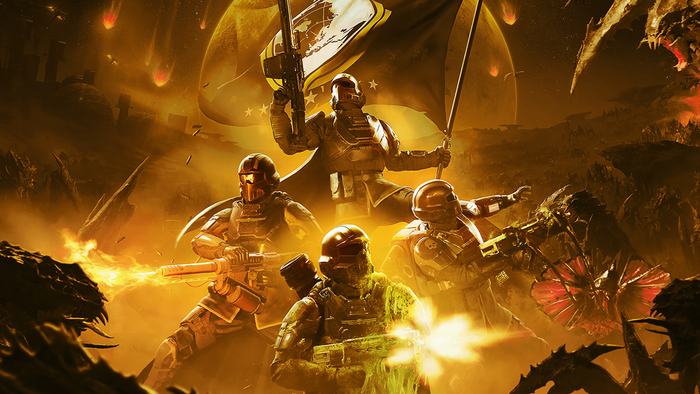Game Design: Brainstorming, Prototyping, Game Making & Marketing
I'm interested in starting a discussion about what game design really is, including exploring this idea about ideas vs execution.

Lately it seems like there is a lot of confusion over the term "game design" and what it means. I wanted to quickly (headed out the door at the mo, so very quickly!!) explain why I don't include brainstorming or marketing under the game design umbrella. I may update this in the future based on feedback and further reflection, but in the meantime...
Brainstorming
Brainstorming is the process of coming up with an elaborating on ideas for projects on paper, in digital word documents, or in digital graphics files. This is the part of a project where we are writing down ideas about rules or doing concept art for what the game might look like. Brainstorming is not game design. Brainstorming is fun, but it is wholly speculative and the results are ultimately worthless. Brainstorming is not game design.
Prototyping
Prototyping, in game design, is the ongoing process of exploring and validating ideas in the context of creating a functional and interesting new game. Prototyping is the point when we can actually understand and see the value of our ideas, and a functional prototype is the first real, extant instance of a game's design in the real world, and a functioning, interesting prototype is in many ways invaluable. Prototyping is very much game design.
Game Making
Game making is the process of creating a game, and includes prototyping but also polishing. Polish is the process of fine-tuning and dressing up the result of your prototypes for mass consumption, and is tantamount to marketing in many ways. However, all those little holistic changes to the game make all the difference in the world. I don't believe that prototyping is a "phase" done before polish, but a parallel process throughout development. However, I do believe that many games (most?) should be built on a 30% time spent prototyping, 70% time spent polishing type of relationship. Game making is game design, and vice versa.
Marketing
The process of taking a game and presenting it to the world for mass consumption. Marketing, for me, is not part of game design, and I extend this to include many things that are I think counter-intuitive or controversial. For example, taking the core gameplay from a popular Flash game like Crush the Castle (30m plays!) and changing the graphics and controls is a process that I consider marketing, not game design. Likewise, taking the core gameplay from a less popular Flash game like Radical Fishing and adding touch controls and changing the graphics is also marketing. The idea that these adaptations constitute game design in any real sense, or are somehow worthy of praise and encouragement from a design perspective, utterly baffles me. These are massive marketing achievements, and should be studied and praised as such, but these are not good examples of game design.
My point, in the end, is not to somehow denigrate brainstorming or marketing, but it is important to me that we understand that these things, while related to game design, don't have much to do with the real process of designing games. Game Design, or as I prefer to call it Game Making, is the process of testing, refining and cross-pollinating our ideas until we have created an interactive system that introduces both sense-pleasure and intellectual engagement. Neither brainstorming nor marketing has enough to do with these goals to be legimitately considered part of the process in my mind, at this point in my life.
Read more about:
BlogsAbout the Author(s)
You May Also Like













